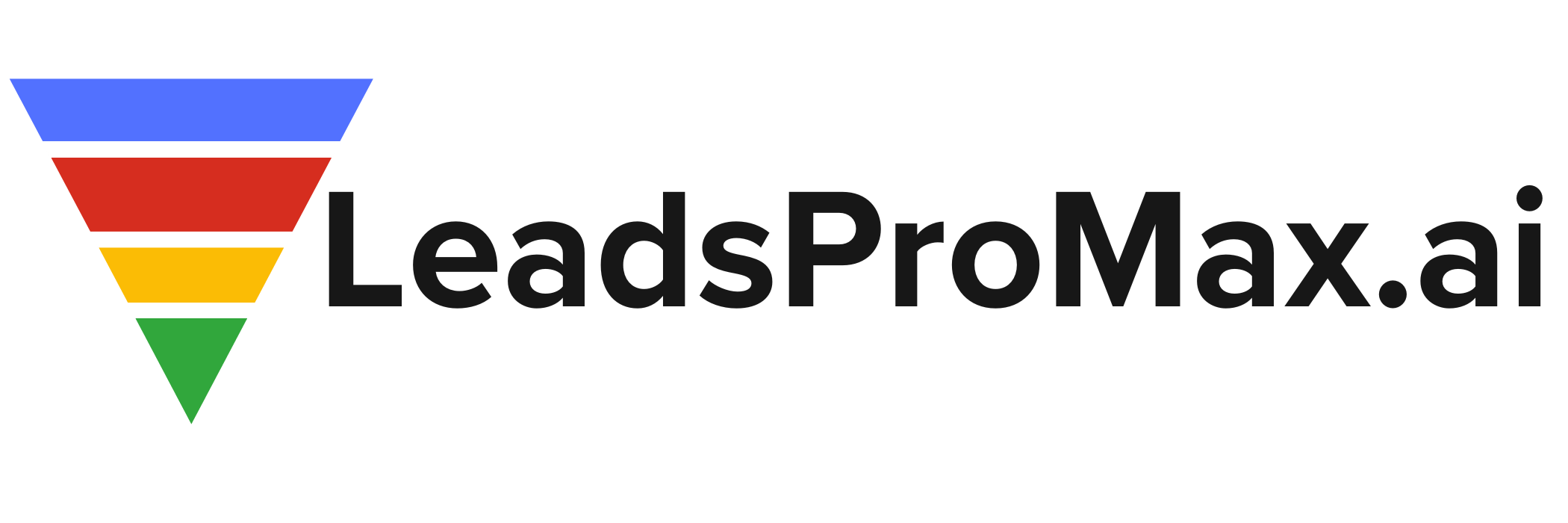Procurement in 2025: How Predictive Analytics is Shaping Buying Decisions
In the rapidly evolving world of procurement, predictive analytics is emerging as a game-changer, revolutionizing the way organizations make buying decisions. As we look ahead to 2025, it’s clear that this powerful technology will play an increasingly critical role in shaping the future of procurement.
The Power of Predictive Analytics
Predictive analytics is a cutting-edge technology that leverages historical data, machine learning algorithms, and statistical modeling to forecast future outcomes. By analyzing vast amounts of data from various sources, including supplier performance, market trends, and internal spend patterns, predictive analytics provides procurement teams with invaluable insights into potential risks, opportunities, and trends.
One of the key benefits of predictive analytics in procurement is its ability to **optimize costs and reduce spending**. By accurately forecasting demand and identifying the most cost-effective suppliers, organizations can make informed decisions that drive significant savings. According to a recent study by Deloitte, companies that effectively leverage predictive analytics in procurement can achieve cost savings of up to 15% [1].
Enhancing Strategic Decision-Making
Predictive analytics is not just about cost savings; it also enables procurement teams to make **strategic decisions** that align with broader business objectives. By analyzing market dynamics, supplier performance, and risk factors, predictive analytics provides a comprehensive view of the procurement landscape, allowing teams to anticipate market shifts and plan proactively.
For example, predictive analytics can help procurement teams identify potential supply chain disruptions before they occur, enabling them to develop contingency plans and mitigate risks. Additionally, by leveraging predictive insights, procurement teams can negotiate more favorable contracts with suppliers, securing better terms and pricing based on data-driven projections [2].
Transforming Supplier Management
Supplier management is another area where predictive analytics is set to make a significant impact. By analyzing supplier performance data, such as delivery times, quality metrics, and financial stability, predictive models can help organizations **evaluate supplier reliability and estimate future performance**.
This level of insight is particularly valuable when it comes to managing supplier risks. Predictive analytics can identify potential risks tied to supplier selection and contract negotiations, enabling procurement teams to make informed decisions and mitigate potential issues. Moreover, by monitoring multi-tier supplier networks, predictive analytics can help organizations proactively manage risks throughout the entire supply chain [3].
Driving Operational Efficiency
In addition to strategic benefits, predictive analytics also has the potential to revolutionize procurement operations. By automating tasks and providing real-time insights, predictive analytics can significantly **improve operational efficiency and productivity**.
For instance, predictive models can streamline the procurement process by automatically identifying the best suppliers based on predefined criteria, reducing the time and effort required for manual evaluations. Furthermore, by continuously monitoring supplier performance and market conditions, predictive analytics can provide early warnings of potential issues, allowing procurement teams to take proactive measures and ensure smooth operations [4].
The Future of Procurement
As we move towards 2025, it’s clear that predictive analytics will become an indispensable tool for procurement teams. The integration of artificial intelligence (AI) and machine learning will further enhance the capabilities of predictive models, enabling organizations to make even more accurate and timely decisions.
Moreover, the adoption of predictive analytics in procurement is expected to drive a shift from a reactive to a **proactive approach**. Instead of simply responding to market conditions and supplier issues, procurement teams will be able to anticipate and shape future trends, positioning their organizations for success in an increasingly competitive landscape [5].
Embracing the Predictive Analytics Revolution
As the procurement landscape continues to evolve, organizations that embrace predictive analytics will be well-positioned to thrive in the years ahead. By leveraging the power of data and advanced analytics, procurement teams can drive significant cost savings, mitigate risks, and make strategic decisions that support long-term business growth.
However, to fully realize the benefits of predictive analytics, organizations must invest in the right technologies, talent, and processes. This includes implementing robust data management practices, upskilling procurement professionals, and fostering a data-driven culture throughout the organization.
As we look towards 2025, it’s clear that predictive analytics will be a defining factor in the success of procurement teams. By embracing this powerful technology and adapting to the changing landscape, organizations can unlock new levels of efficiency, agility, and competitiveness in the years ahead.
#PredictiveAnalytics #ProcurementTransformation #DataDrivenDecisions
-> Original article and inspiration provided by The Independent
-> Connect with one of our AI Strategists today at ReviewAgent.ai


